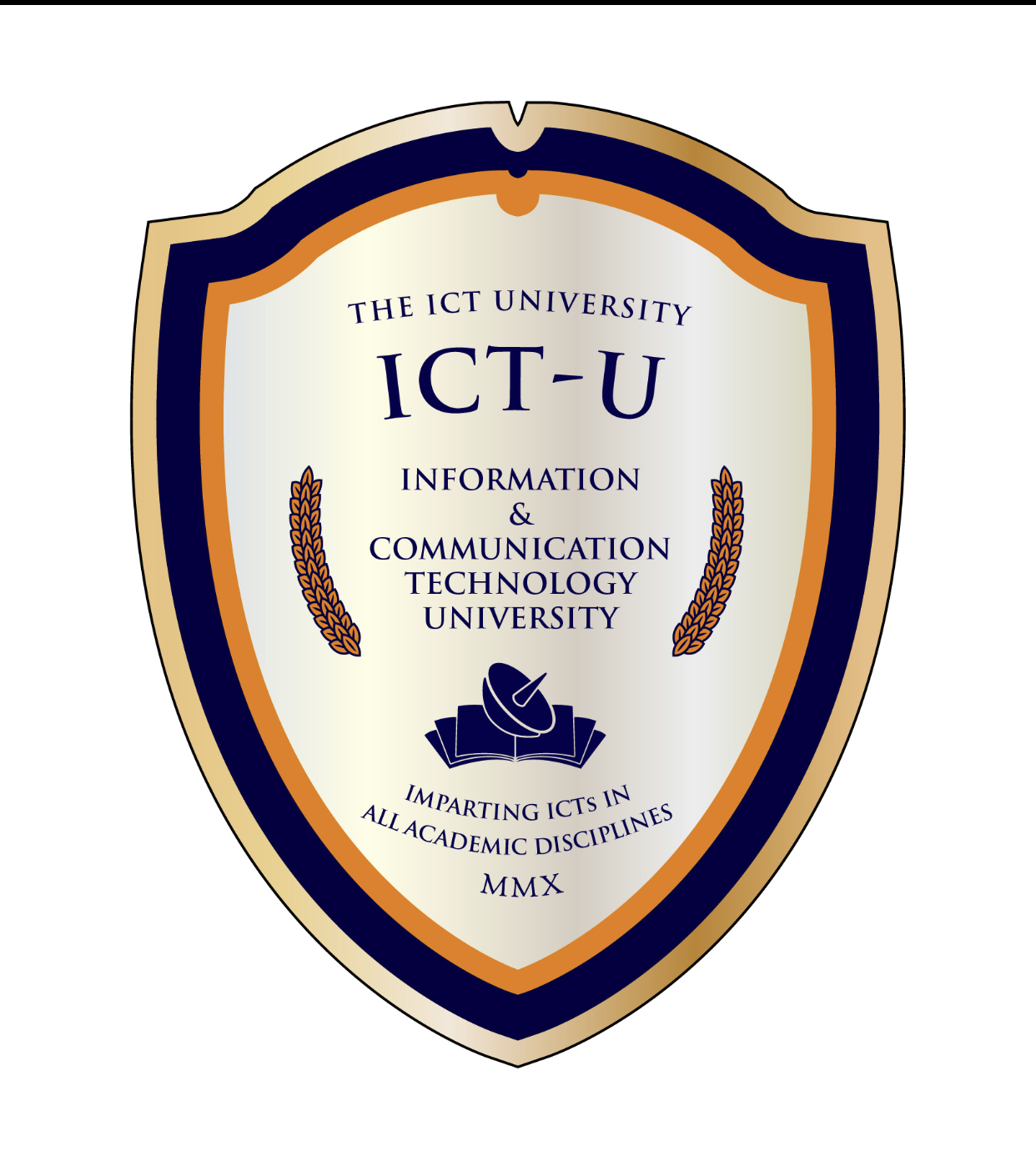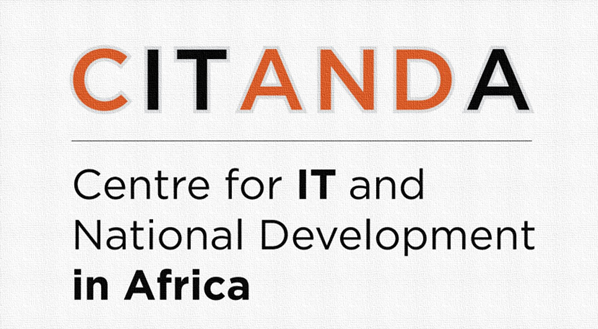Publication Date
4-1-2019
Abstract
In this era of pervasive computing and the Internet, learners everywhere connect and reconnect to knowledge away from classrooms, via mobile devices and their Mobile Instant Messaging platforms (MIMs). Still, many sub-Saharan African educators continue to confine these platforms to recreational activities. There is lack therefore of knowledge about how learners from sub-Saharan Africa perform such informal and experiential learning. This paper presents a case study of Tanzanian learners learning in informal settings using their mobile devices and MIMs. It deploys the rhizomatic learning theory with the aim of understanding how such learning occurs. Findings suggest that learners use mobile devices and MIMs to organize their personal learning spaces, to access specific content and to interact with peers on academic topics. Mobile devices and their MIMs are used as support in personal learning environments understood as multidimensional networks of heterogeneous multiplicities which rhizomatic maps situate, and contain knowledge, skills, and opportunities for innovation.
Included in
Educational Technology Commons, Indigenous Education Commons, Management Information Systems Commons, Online and Distance Education Commons, Secondary Education Commons


